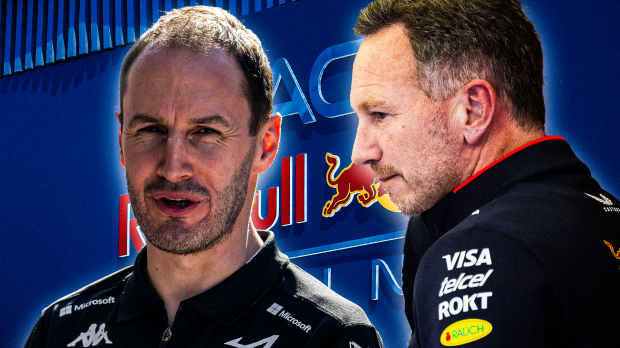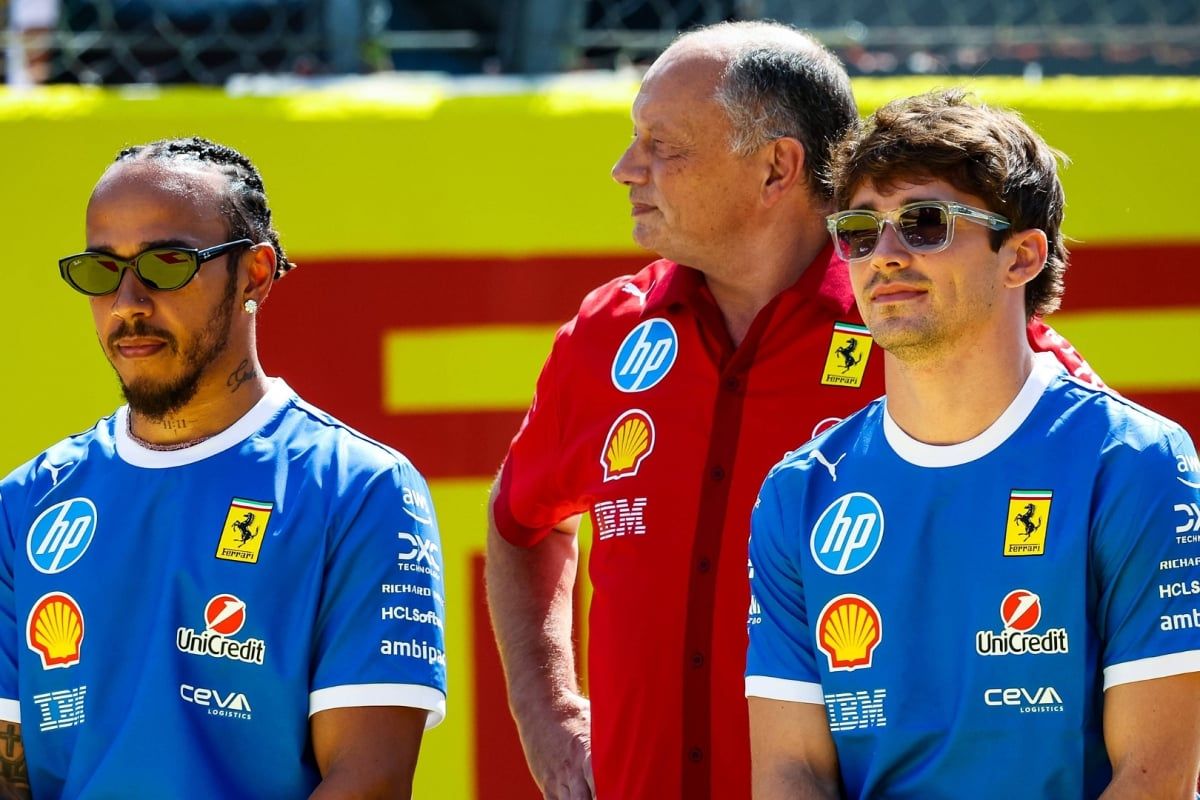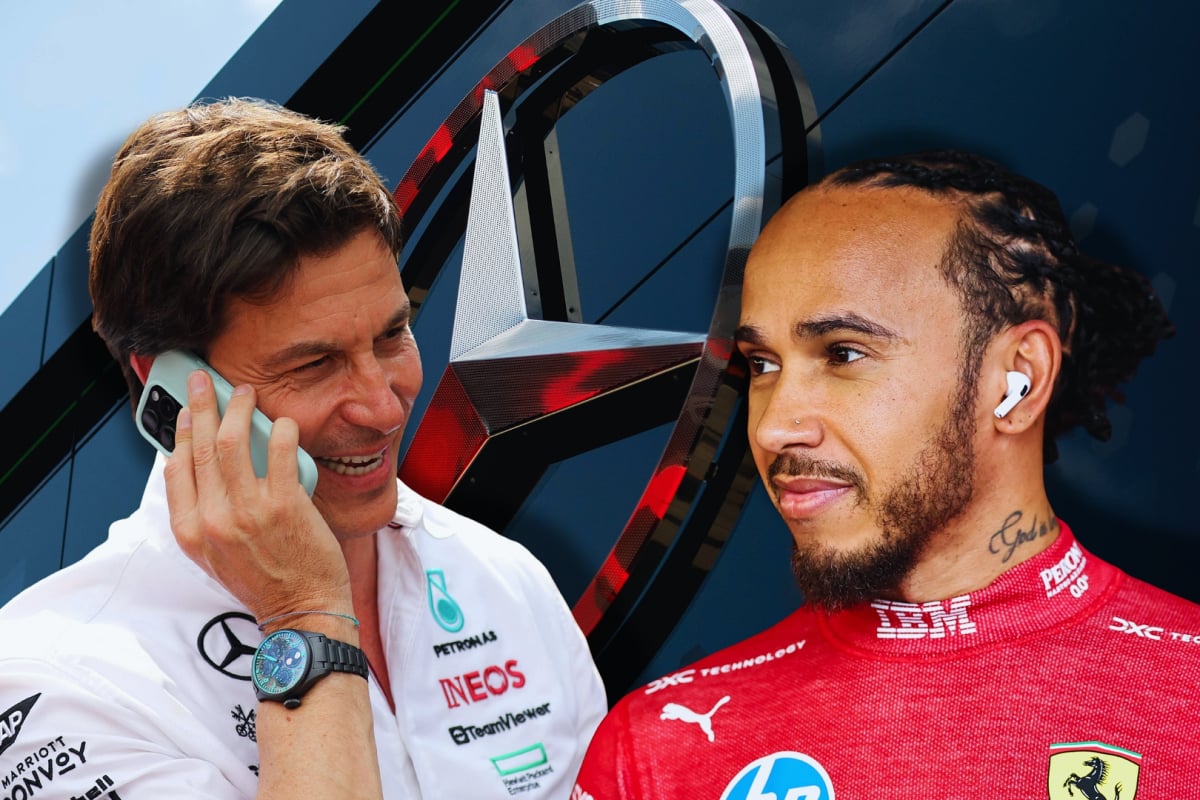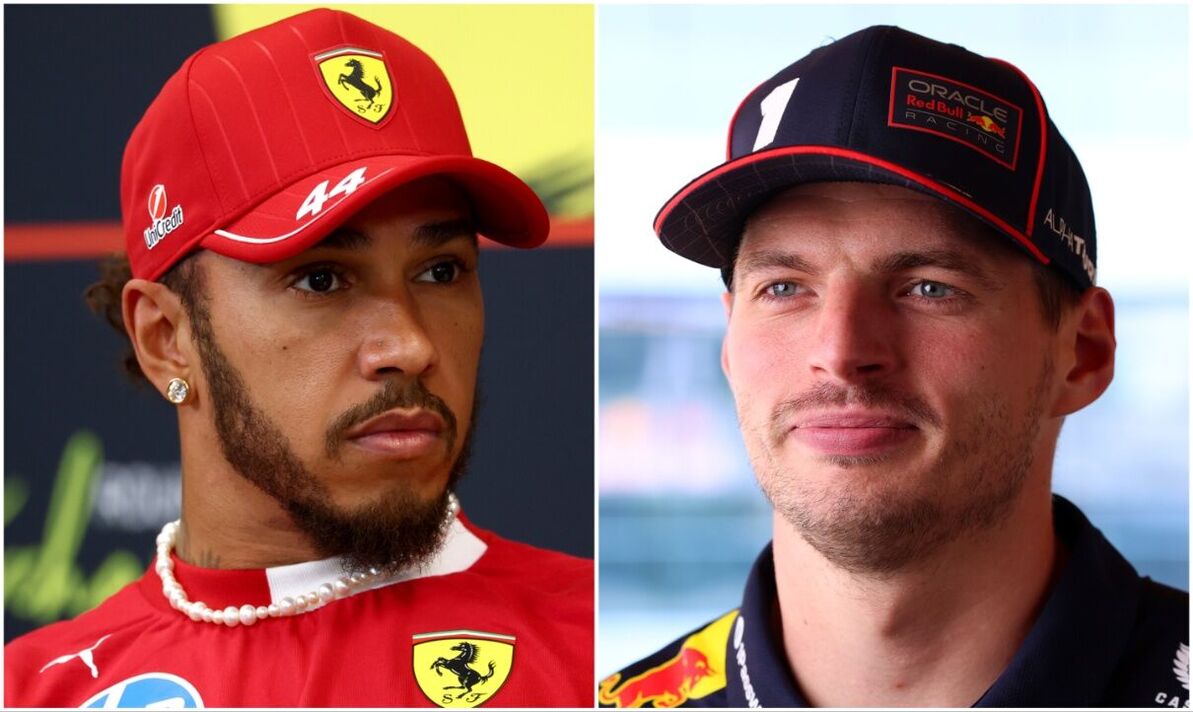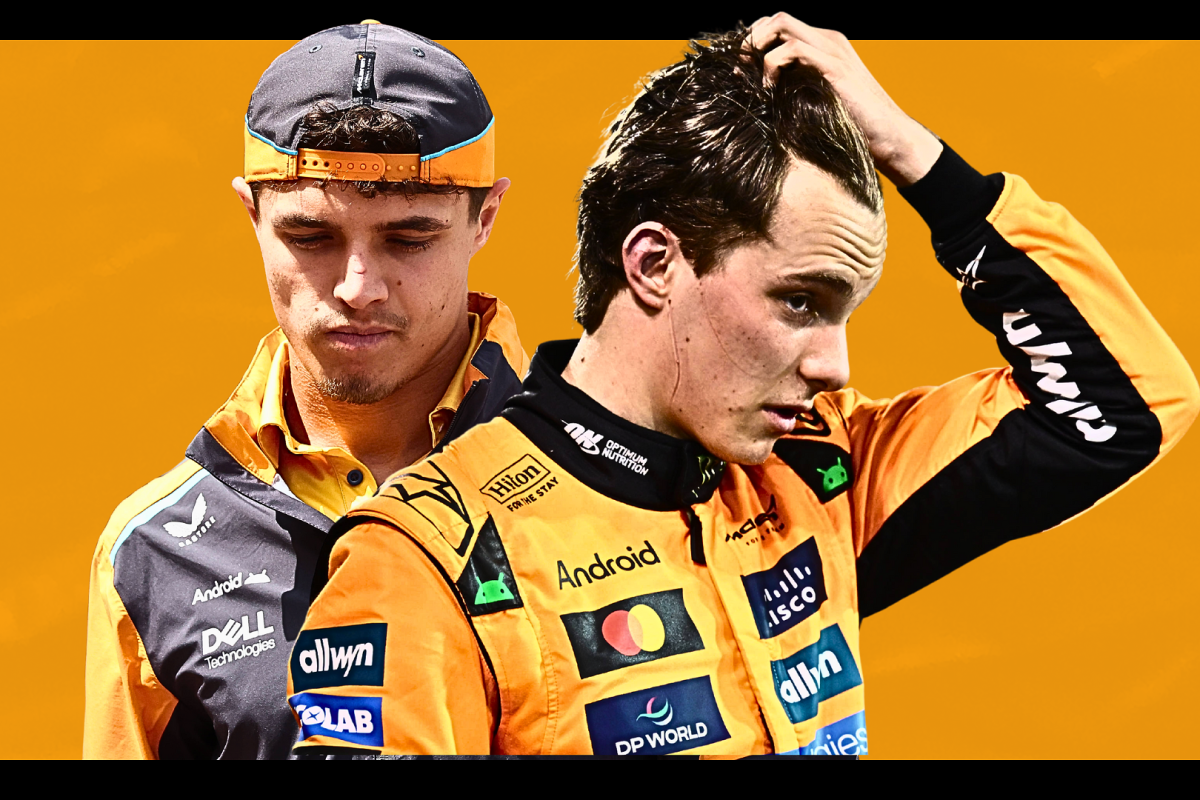Christian Horner’s Red Bull Future Threatened as F1 Rivals Confirm H… read more
In the fast-paced world of Formula 1, change is nothing new, but the recent developments surrounding Christian Horner and Red Bull Racing signal potentially significant shifts in the competitive landscape. As the 2025 season progresses, Red Bull finds itself in a delicate position, compounded by strategic moves from rival teams that could threaten its dominance in the sport.
Christian Horner, who has presided over Red Bull Racing since 2005, has enjoyed unparalleled success in recent years, particularly with the remarkable performances of Max Verstappen. The Dutch driver has been a pivotal force, securing multiple World Championships and driving the team to the forefront of Formula 1. However, as teams across the grid recalibrate their strategies and structures, Red Bull’s solid framework begins to face challenges.
The trigger for the current wave of uncertainty was sparked by a major announcement from one of Red Bull’s primary rivals, Ferrari. With new management in place aiming to restore the Scuderia’s former glory, Ferrari has initiated a complete restructuring. This overhaul includes significant investments in new technology, an ambitious recruitment drive, and a revised competitive philosophy. The team’s recent performances showed promise, hinting that they are inching closer to replicating their historical success.
Moreover, it’s not just Ferrari that has been shaking things up. McLaren has also confirmed a huge team change, bringing in experienced engineers and a new director of performance in an effort to enhance their competitiveness. McLaren has faced challenges in recent years, but with fresh talent and a renewed vision, they are slowly rebuilding to make a serious bid for the top positions. This renewed energy within the team poses a significant threat to Red Bull’s supremacy and puts pressure on Horner to ensure his team remains at the cutting edge of the sport.
While Red Bull has consistently had strong performances, they will need to adapt more quickly than ever to these evolving rival dynamics. The competitive spirit in Formula 1 is intensely fierce, and complacency can quickly lead to a fall from grace. Horner, an astute strategist, has a track record of adapting to new challenges—he’s adept at toying with regulations and exploiting loopholes. However, the rate at which rivals are adapting calls for an urgent reassessment of Red Bull’s trajectory.
Another layer of complexity is the evolving power dynamics in Formula 1. With the introduction of new cost-saving measures and regulation changes aimed at leveling the playing field, teams that previously lagged behind are poised to catch up. The balance of power has historically favored teams with larger budgets and resources. Still, the new regulations are designed to promote sustainability and create a more competitive environment. This could mean that teams with innovative designs and efficient operations could rise to prominence, potentially at Red Bull’s expense.
Further complicating matters is the recent news of potential engine partnerships shaking up the grid. As Honda, having re-entered the sport, vies for a closer relationship with several teams, Red Bull may find itself at a disadvantage regarding power unit performance. Adjustable engine regulations may provide opportunities for teams like Honda and others to provide upgraded power units to their partner teams, creating a technological gap Red Bull must address quickly.
The pressures on Horner and his team are immense. As the face of Red Bull Racing, he has an immense burden to shoulder, not only as a team principal but as a promoter of the brand. The Red Bull brand is synonymous with success and innovation in Formula 1, and maintaining that status quo will require swift and strategic adjustments. Increased scrutiny from both fans and stakeholders will amplify the challenge if results do not continue to align with expectations.
However, this situation is not without benefits for Horner and Red Bull Racing. The rising competitiveness of Ferrari and McLaren could stimulate healthy rivalry, pushing engineering innovation and strategic creativity to new heights. Horner’s experience and insight into team dynamics can foster an environment conducive to growth and overcoming obstacles, thus maintaining the team’s competitive edge.
To navigate these turbulent waters, Red Bull will need to be proactive rather than reactive. This means not only addressing short-term issues but also strategizing for long-term success. A pivotal aspect of this strategy will be the continued development of drivers beyond Verstappen, ensuring a robust pipeline of talent to support future seasons.
As the teams head into the summer break, the pressure will be on Horner to reassess both his technical and performance strategies, ensuring Red Bull remains a formidable contender in a rapidly changing arena. Steering the ship through impending turbulence will require resourcefulness, foresight, and a willingness to embrace transformation.
In conclusion, Christian Horner’s future at Red Bull Racing, although currently positioned at the peak of success, faces numerous threats from fierce competitors like Ferrari and McLaren who are recalibrating their strategies and resources. The oncoming years beckon challenges that will require not only a solid grasp of racing dynamics but also an understanding of broader industry trends. If Red Bull Racing is to maintain its position at the pinnacle of Formula 1, Horner must leverage his extensive experience to continue steering the team toward sustained success amidst ever-present change. The future of Red Bull Racing hangs in a delicate balance, poised between potential greatness and the need for adaptation in the competitive arena of Formula 1.
